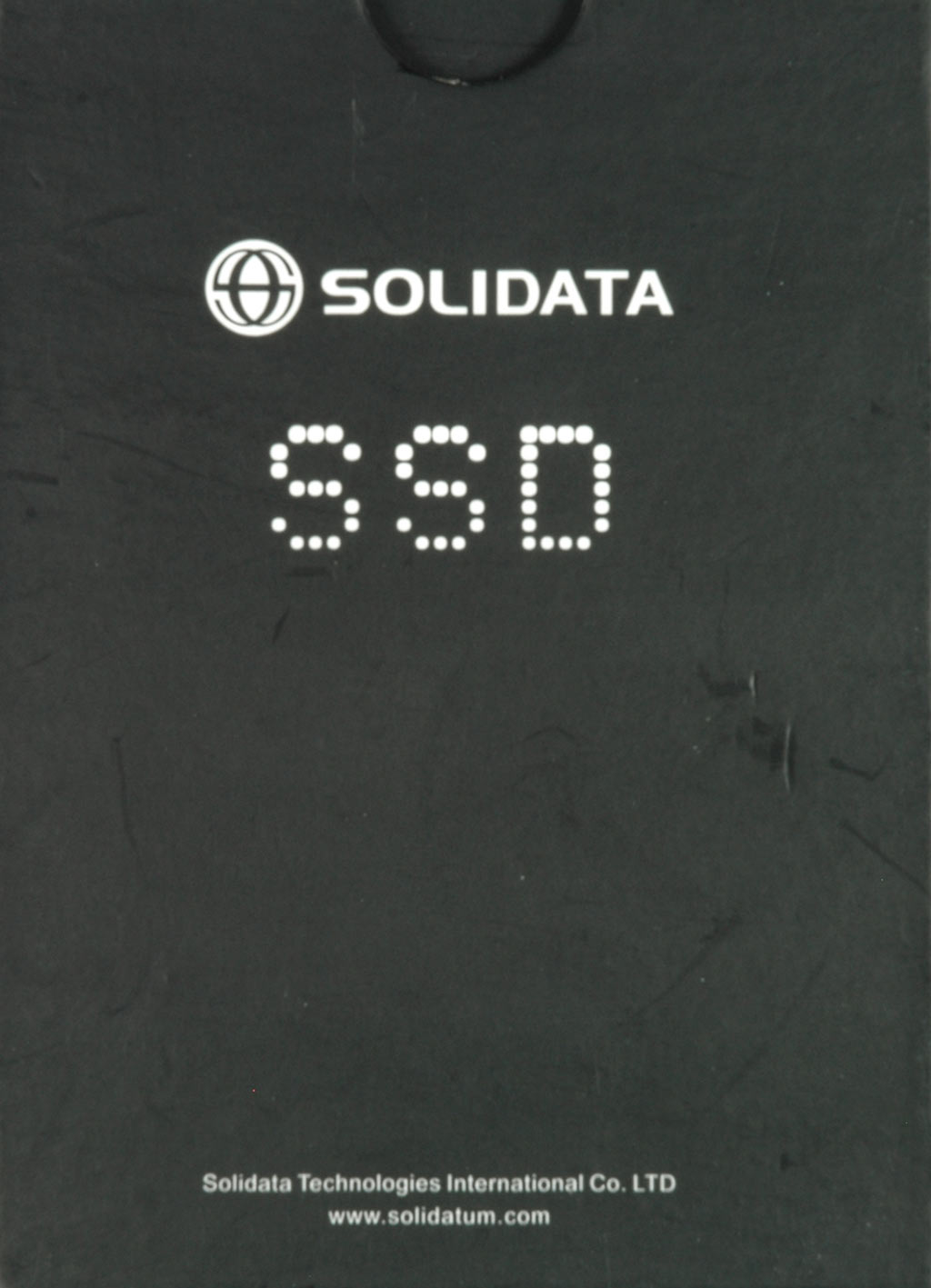Hot or Not? New Samsung and Solidata SSDs
Conclusion
New flash SSDs are being released almost on a weekly basis, and it is getting difficult to stay on top of all of them. Some have their own designs using third party logic (Intel), others design the entire product in-house (Samsung, Mtron), and others simply purchase SSD designs and relabel them. We believe that it’s the results that count; and even though we’re interested in finding out how a product works internally, our conclusions typically don’t assess the approach taken.

Solidata: A Step Backwards
Solidata managed to really shock us. Its X1 and X2 drives are based on SLC and MLC flash, and come in 64 GB and 128 GB storage capacities, respectively. These devices provide fast read performance, but only average write performance, and poor I/O capabilities.
This alone would not be much of an issue if you intended to use one of these drives on a notebook PC, where I/O performance is not a crucial factor. However, these products require so much power that they got hot during our testing. Even a high performance 3.5” desktop hard drive requires less power than these two offerings. I’m sorry to say it, but these products are a perfect example of what SSDs should not be.
Samsung: Large, Fast and Efficient

Samsung offers a perfect counterexample, which doesn’t come as a surprise. Samsung is one of the few companies that actually designs and manufactures all components in-house. The result is impressive, as the PB22-J offers record efficiency in sequential operation, providing high throughput at impressively low power levels.
It cannot beat Intel’s maximum throughput, nor the crushing I/O performance of the X25-E drives, but Samsung finally created a flash SSD that combines high capacity, high performance, and true efficiency. Unfortunately, Samsung does not (yet) intend to distribute the new 256 GB drive at retail. Who knows, maybe OCZ will decide to become a customer and offer relabeled drives based on this design.
Get Tom's Hardware's best news and in-depth reviews, straight to your inbox.